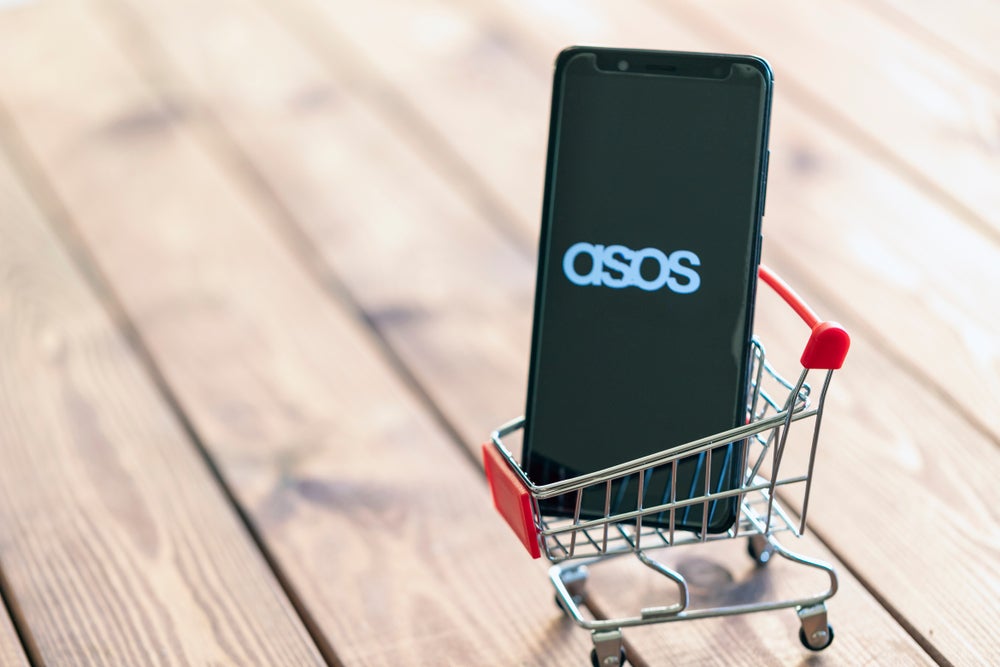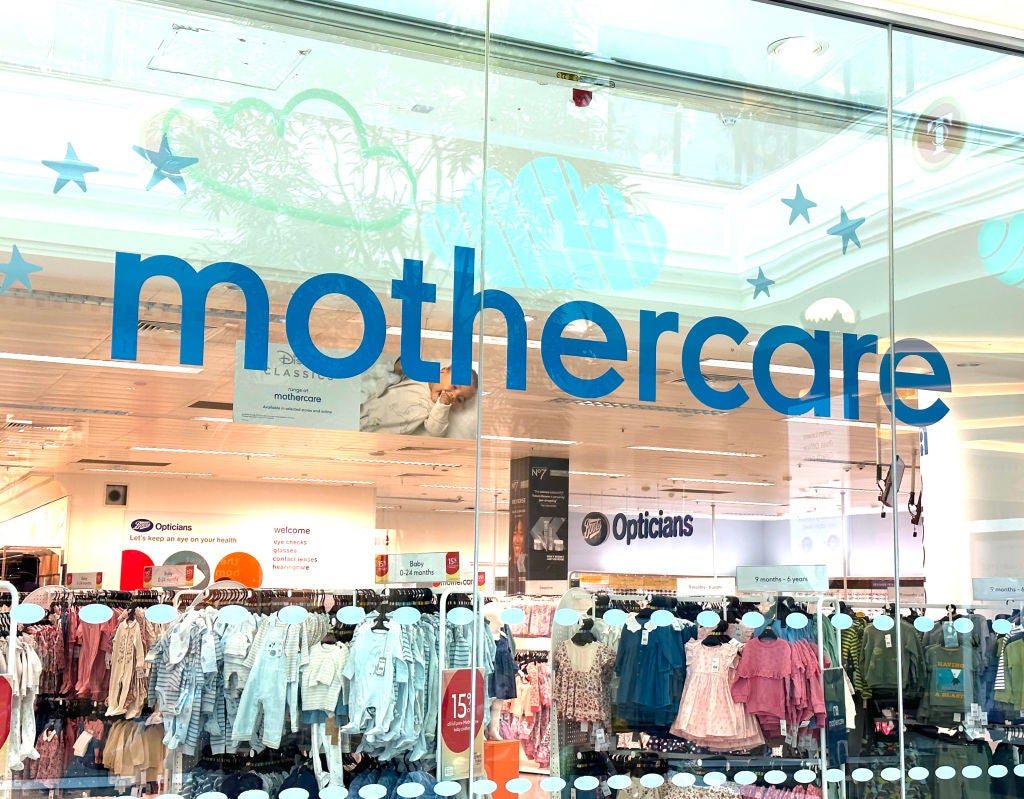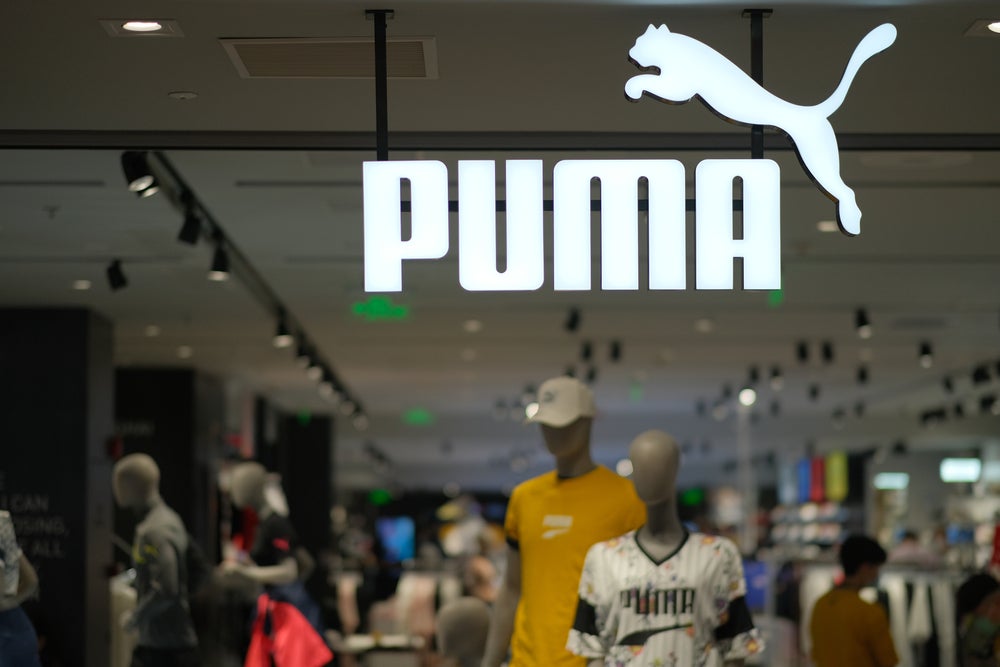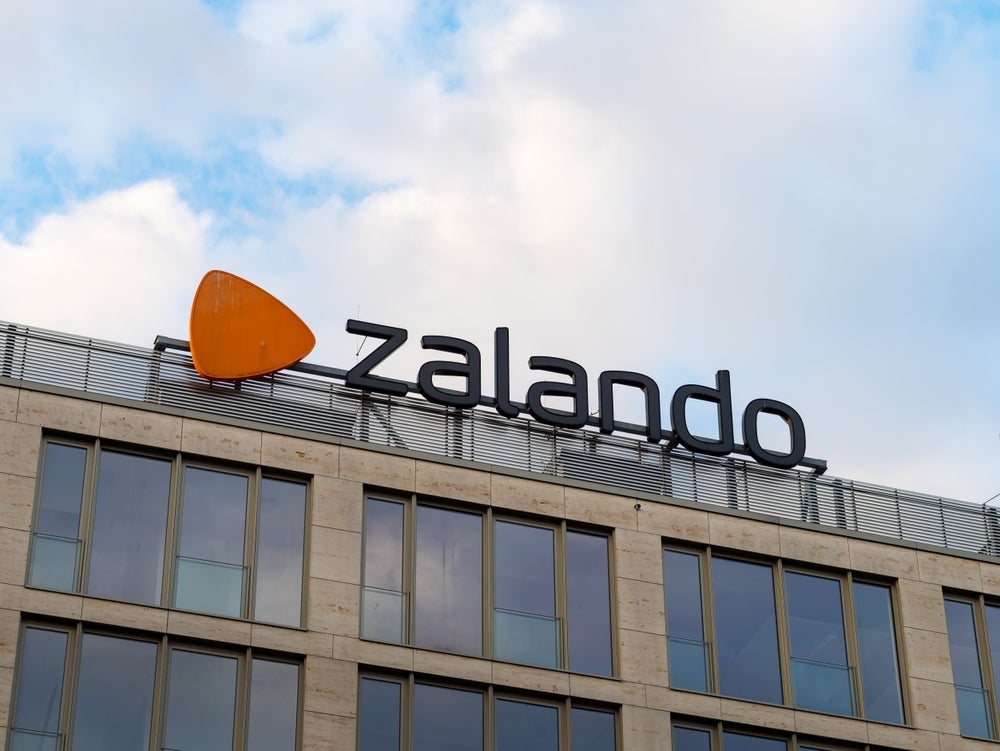
ASOS reported a 15% drop in its fourth-quarter earnings and warns its second-half earnings to be around the bottom of its guided range, but said it was still making progress with its turnaround plan.
Calamonte said the retailer had delivered on the Driving Change agenda, by reducing more inventory than planned and delivering sales and profit broadly in line, leaving it a more lean and resilient business, twelve months after its launch.
He added: “We have reduced our stock balance by c.30%, significantly improved the core profitability of the business and generated cash against a very challenging market backdrop.”
The fourth-quarter results revealed a total group revenue decline of 10%, which is in line with the market consensus according to equity research analyst, Eleonora Dani. While sales in the UK declined by 16%, sales in Europe, the US and the rest of the world fell by 7%, 19% and 28% respectively.
The retailer said the hot weather drove a strong June and a wet July and August produced weaker sales results, most notably in the UK.
How well do you really know your competitors?
Access the most comprehensive Company Profiles on the market, powered by GlobalData. Save hours of research. Gain competitive edge.

Thank you!
Your download email will arrive shortly
Not ready to buy yet? Download a free sample
We are confident about the unique quality of our Company Profiles. However, we want you to make the most beneficial decision for your business, so we offer a free sample that you can download by submitting the below form
By GlobalDataKey results from Asos Q4:
- The 15% decline in sales was in line with guidance, with a stronger start in the period followed by weaker performance in July and August due to a deterioration in the UK clothing market.
- Adjusted H2 EBIT up more than 100% year-on-year.
The adjusted gross margin for the second half of the fiscal year fell short of the company’s guidance said Dani. Although Asos had aimed for a 200-basis points improvement the actual increase was only 150 basis points YoY.
Asos said the shortfall was primarily attributed to lower freight and duty costs, partially offset by tactical investment in promotional activities.
Dani also noted that despite delivering £300m ($365m) of profit improvement and cost savings, the company fell short of meeting its own guidance, with a considerably more negative free cash flow expected for the year.
Looking ahead, the e-tailer said its full-year EBIT is now expected to be at the bottom end of its guided £40m to £60m range.
Calamonte added: “We continue to focus on bringing the best fashion and the most engaging proposition to our customers as we make progress on our journey to sustainably profitable and cash-generative growth.”
ASOS continues its decline as its turnaround proves an uphill battle
Pippa Stephens, senior apparel analyst at GlobalData offers her view:
“ASOS’ group revenue fell by 12% in its Q4 FY2022/23, a further downturn from its 9.1% decline in the first nine months of the financial year, as its product offering still struggles to hit the mark with its core shoppers. Throughout the ongoing inflationary pressures, the retailer has seen its Gen Z customers shift towards more agile and affordable competitors like Shein, while its designs have become too youthful for the millennials that grew up with it, driving its sales for the full year to plummet by 10%. EBIT in H2 was 100% higher than last year, thanks to the retailer’s focus on improving order profitability through management of its least profitable customers, introducing returns charges in its non-core markets, and trial of its new Test & React model, though disappointingly EBIT for the full year is only expected to have been at the bottom end of its previously mentioned £40m to £60m guidance.
“Performance in the UK and US was similar, with constant currency revenue decreasing by 12% and 13% respectively, due to being plagued by high inflation, leading shoppers to cut back on non-essential spending. These markets have also suffered from the vast rise of Shein, which poses a massive threat to ASOS due to its significantly cheaper prices and fast product turnaround. Shein is already the largest fast fashion retailer in the US, and GlobalData forecasts that Shein’s UK market share in 2023 will only be 0.4ppts behind ASOS at 2.2% – significantly higher than its 2022 share of 1.7% – so ASOS needs to act fast to ensure it keeps its lead in 2024. ASOS’ performance in the US is particularly disappointing considering its Nordstrom partnership which was supposed to boost sales in the region, with its sales also waning massively in H2 compared to H1, spelling trouble for the year ahead. ASOS experienced its strongest performance in Europe, where constant currency revenue only fell by 3%, though this is partly due to weaker sales in the comparative period. The rest of the world saw the greatest drop off of 30%, though this is largely due to its suspension in Russia, with like-for-like constant currency revenues excluding Russia declining by 16%.
“ASOS’ Driving Change agenda should hopefully lead to improved performance in FY2023/24. Its inventory levels are now down 30% on the year, which will help profitability, and though it has had to reduce intake to achieve this, which has impacted its sales, its levels of newness are gradually improving. Its new Test & React model, which reduces lead times to around two weeks, has seen pleasing results so far, with styles experiencing faster sell throughs, and expansion of this model will enable it to better compete with Shein. While other retailers like H&M, Zara and boohoo.com have implemented returns fees, ASOS has so far stuck to its guns by keeping returns free in its core markets. However, as it has introduced fees in its non-core markets, which has helped profits, it could only be a matter of time before it decides to roll this out further, however this could risk driving more of its core shoppers away.
“Speculation continues regarding a potential takeover of the business, after Frasers Group has increased its stake several times, now sitting at nearly 20%. While ASOS has not addressed this, the retailer would be a desirable target, as its revenue remains almost 30% higher than pre-pandemic levels, and its online proposition is superior to many of its competitors.”







